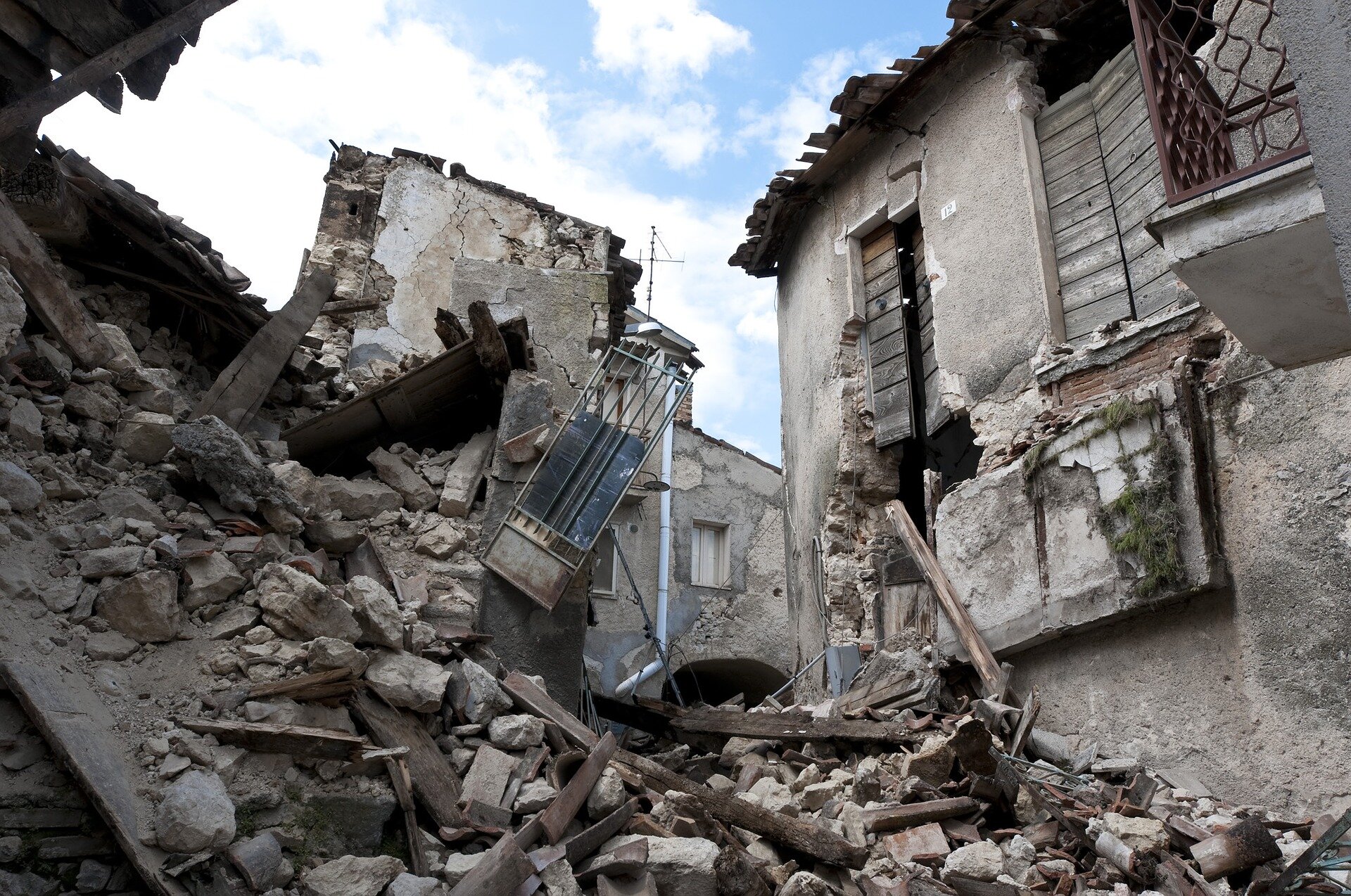- CNBC's Inside India newsletter: Can India grow as fast as China did?
- FDA approves Bristol Myers Squibb's schizophrenia drug, the first new type of treatment in decades
- Asia-Pacific markets mostly gain amid China stimulus optimism; Hong Kong set to rise 3%
- Scientists develop method to control timing of synthetic DNA droplet division
- Greener nanomaterials could transform how our everyday stuff is made
What do you believe is the single most important factor driving up the cost of living in Nigeria?

Research shows heat, drought and fire risk are increasing in South America
The number of days per year that are simultaneously extremely hot, dry, and have a high fire risk have as much as tripled since 1970 in some parts of South America.
South America is warming at a similar rate to the global average. However, some regions of the subcontinent are more at risk of the co-occurrence of multiple climate extremes. These compound extremes can have amplified impacts on ecosystems, economy, and human health.
Raúl Cordero and colleagues calculated the number of days per year that each approximately 30 by 30 km grid cell on the South American continent experienced simultaneous hot, dry, and flammable extremes between 1971–2022. The results are published in Communications Earth & Environment.
Extremes for each condition were calculated from daily maximum temperature records, 30-day rainfall averages, and daily fire weather index records. The authors found that the frequency of these simultaneous extremes had increased across the entire continent.
There were particularly high increases—from fewer than 20, to as many as 70 days per year—around the Venezuela–Colombia border, in the northern Amazon, and in the north of the Río de la Plata basin in central South America. The authors also found that there was an increase in the variability of these simultaneous events from year to year over the past five decades.

- September 26, 2024
Why crickets swarm in the fall


- September 27, 2024
ChatGPT is changing the way we write. Here's how—and why it's a problem

- September 26, 2024
A method of 'look twice, forgive once' can sustain social cooperation

- September 26, 2024
Scientists discover 'pause button' in human development

- September 26, 2024
A social media platform that is actually good for democracy?




- September 27, 2024
Post-election violence is possible in US, political scientist says


- September 27, 2024
New method enables noninvasive plant magnetic resonance imaging
Subscribe to our mailing list to get the new updates!

Subscribe our newsletter to stay updated
Thank you for subscribing!


